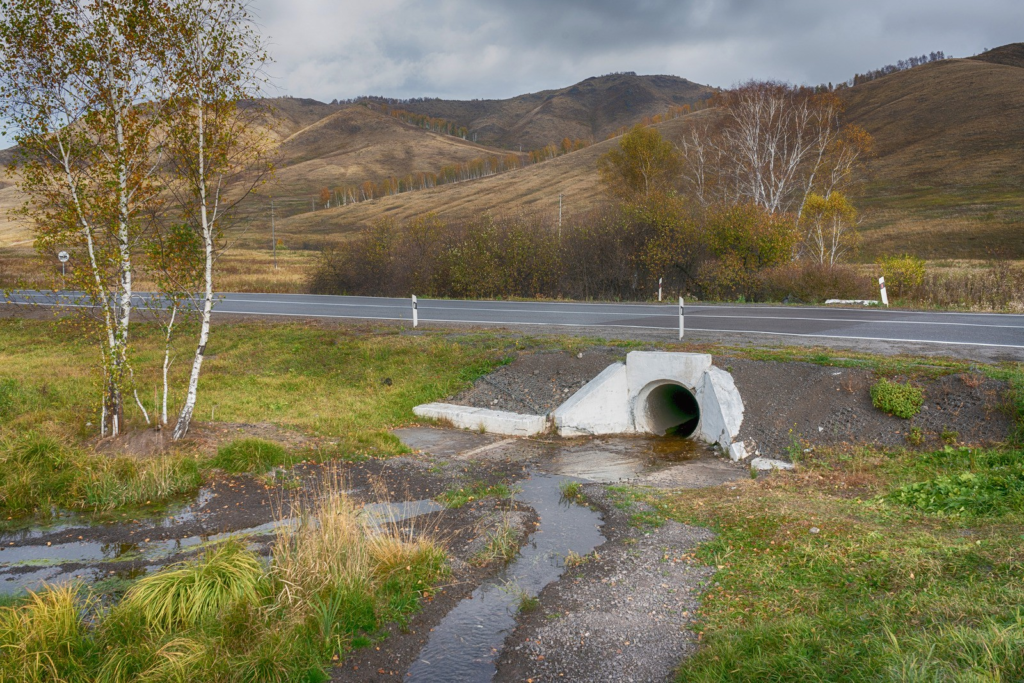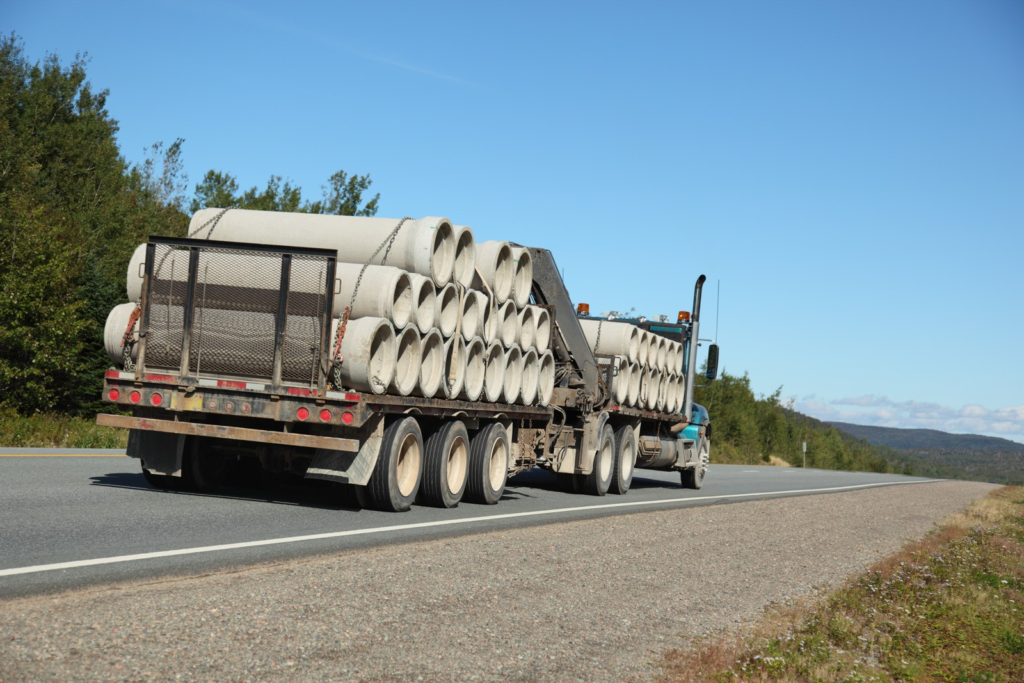When it comes to infrastructure projects, particularly those involving roadways, meeting the necessary regulations is crucial. One of the most important aspects of these projects is ensuring that the culverts used meet State Highway requirements for culverts. This guide will help you understand these requirements and how to ensure compliance in your projects.
The Importance of State Highway Requirements for Culverts
Culverts play a critical role in managing water flow under roadways, preventing flooding, and maintaining the structural integrity of roads. For state highways, these culverts must be designed and installed according to specific standards to ensure safety, durability, and efficiency. Failing to meet these standards can result in project delays, increased costs, and potential safety hazards.
Key Requirements for State Highway Culverts
Material Specifications
One of the primary State Highway requirements for culverts is the use of approved materials. Commonly accepted materials include:
- Reinforced Concrete Pipe (RCP): RCP is favored for its strength and durability, making it ideal for high-traffic areas and heavy-load applications.
- Aluminized and Galvanized Steel Culverts: These are also commonly used, with aluminized options offering enhanced corrosion resistance, particularly in areas with alkaline soils or salt exposure.
Pre-Cast Concrete Safety End Treatments (SETS)
For most State Highway road entrances, the use of Pre-Cast Concrete Safety End Treatments (SETS) is now a requirement. SETS are designed to enhance the safety and stability of culvert installations, reducing the risk of erosion and improving overall road safety. These treatments are typically required for culverts with diameters of 18″ and 24″.
Load-Bearing Capacity

State Highway culverts must be capable of supporting the significant loads that come with heavy traffic. This includes the weight of vehicles, as well as the pressure from the soil and water above and around the culvert. The design and material selection must account for these factors to ensure long-term durability.
Hydrological Considerations
Culverts must be designed to handle the expected water flow, including peak flow rates during heavy rainfalls. This involves proper sizing and placement to prevent water from pooling on the roadway, which can lead to dangerous driving conditions and potential road damage.
Installation and Maintenance Standards
In addition to material and design specifications, State Highway requirements for culverts also include strict installation and maintenance standards. Proper installation ensures that the culvert functions as intended and minimizes the risk of structural failure. Regular maintenance is also critical to ensure that the culvert remains clear of debris and functions efficiently over time.
Ensuring Compliance with State Highway Requirements
To ensure compliance with State Highway requirements for culverts, it’s essential to work with experienced contractors and suppliers who understand the specific regulations in your area. Regular inspections during and after installation can help identify any issues early, allowing for timely corrections. Additionally, staying up to date with any changes in state regulations is vital for the successful completion of your project.
Conclusion
Understanding and adhering to State Highway requirements for culverts is essential for the success of any roadway project. By selecting the right materials, ensuring proper installation, and maintaining the culverts regularly, you can avoid costly delays and ensure the safety and longevity of the infrastructure. Whether you’re working with RCP, steel culverts, or implementing SETS, meeting these requirements is key to delivering a successful and compliant project.

